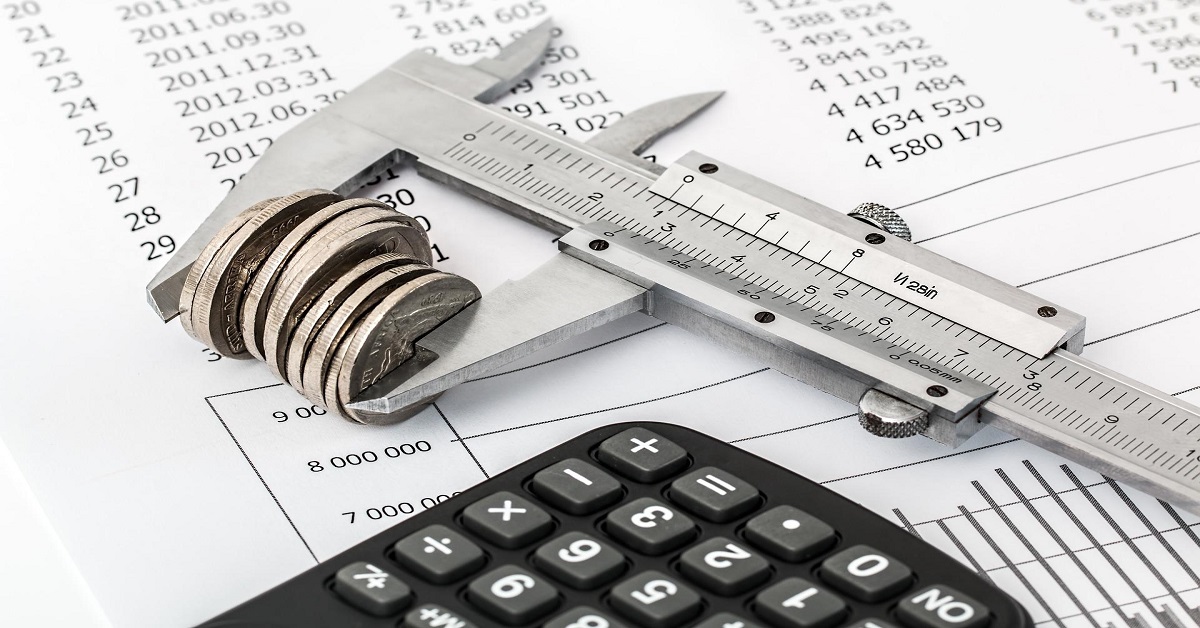Fixed costs and variable costs are two main methods businesses will incur costs for producing goods. This article will help to give you a breakdown of the two and show some examples of both.
What Is a Fixed Cost?
- Fixed costs stay the same no matter the levels of production output.
- Fixed costs may include insurance, interest payments and lease and rental payments.
What Is A Variable Cost?
- Variable costs change depending on the volume of output produced.
- Variable costs may include commissions, raw materials and labour costs.
Examples of Fixed Costs And Variable Costs
| Fixed Costs | Variable Costs |
| Property rent Insurance costs Manufacturing equipment Permits and licenses Fixed utility bills | Shipping costs Labor costs Raw materials Sales commissions Variable utility bills |
Fixed and Variable Costs Example For An Energy Supplier
Example: Energy company A provides gas, delivery costs £100 per month per home. The company pays £20,000 in rental costs for using their factory.
Here is the breakdown of the company’s spending based on their production levels.
| Number Of Homes Supplied | Variable Cost per Home Supplied per Month | Total Variable Cost | Total Fixed Cost |
| 1 | £100 | £100 | £20,000 |
| 200 | £100 | £20,000 | £20,000 |
| 1000 | £100 | £100,000 | £20,000 |
| 1750 | £100 | £175,000 | £20,000 |
How Do I Calculate Fixed Costs?
Total production costs – (Variable cost per unit x Number of units produced) = Fixed costs
How Do I Calculate Total Variable Cost?
Cost For One Product x Number Of Products Made = Total Variable Cost (TVC)
How Do I Calculate Average Variable Cost?
TVC Of Product 1 x TVC Of Product 2 (multiply as many products as you need) / Total Number Of Products Made = Average Variable Cost (AVC)


Comments are closed.